Spiraea spp.
Woody shrubs give wonderful structure to gardens and landscapes. And ones that add pretty flowers, luminous foliage, and multi-season color give even greater value – like spirea.
Beloved by greenhorn and green thumb gardeners alike, their multi-season beauty, easy care, and fast growth make it one of the most popular of flowering shrubs.
With a long-lasting bloom time, fine-textured foliage, and variable sizes, they’re suitable for any landscape, and can be used as groundcovers, hedging, in mass plantings, or in perennial beds.

We link to vendors to help you find relevant products. If you buy from one of our links, we may earn a commission.
And newer cultivars are even more versatile with tidier growth and spectacular multi-season color.
Join us now for a look at the best way to grow beautiful spirea.
What You’ll Learn
Cultivation and History
Spiraea, commonly spelled spirea, is a genus of over 80 woody shrubs in the Rosaceae (rose) family. Native to temperate zones in the Northern Hemisphere, the greatest diversity of species is found in eastern China.
Named from the Greek word speira, which means spiral, it refers to their wreath-like display of showy, small flowers. Growing in grouped panicles, flat-topped corymbs, or clusters in colors of mauve, pink, red, rose, and white, each tiny flower looks like a mini apple blossom with five petals and numerous stamens.
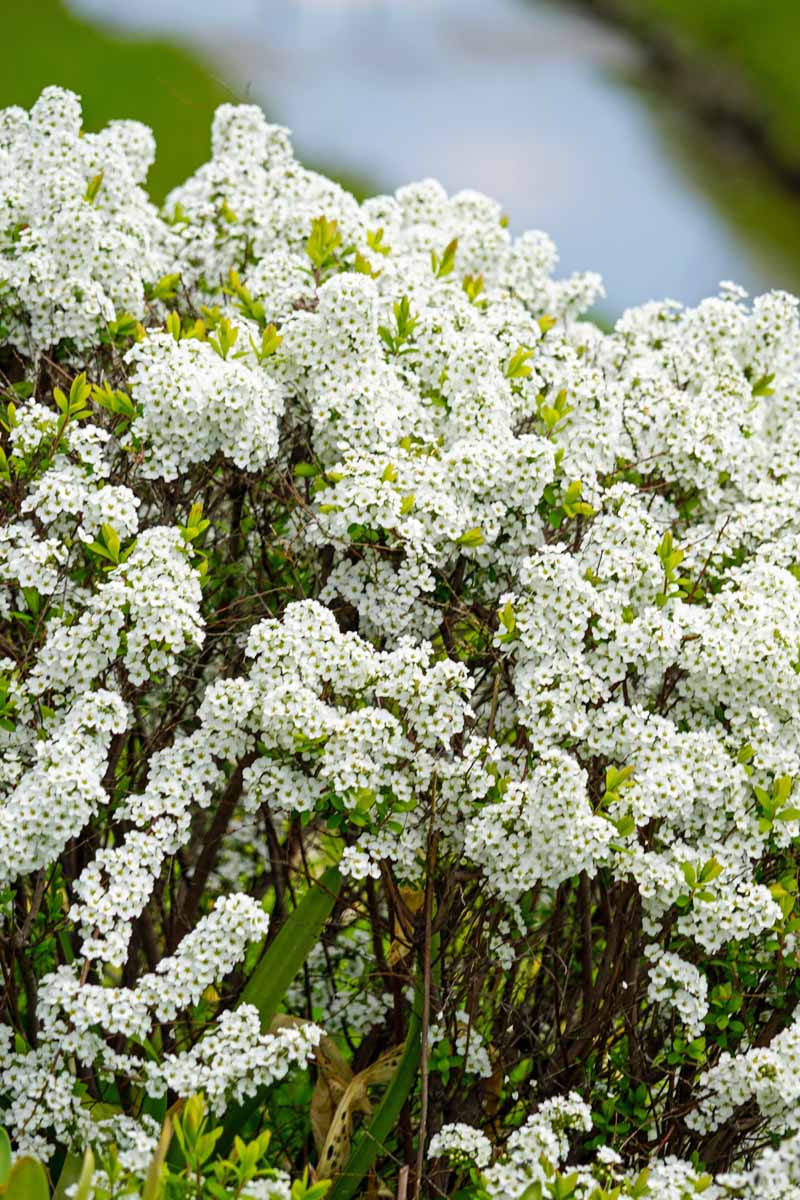
These hardy deciduous plants have simple, lanceolate leaves, typically with toothed margins, that are arranged alternately along the stems.
Plants are classified as either spring or summer flowering, and both types are prized for their carefree growth, abundant flowers, and reliable form.
Spring blooming species, like bridalwreath, have a graceful cascading habit with masses of white flowers that bloom in April and May perched along bowing branches.
Summer flowering plants display flowers of pink, red, or white that perch atop upright stems and bloom from June to August.
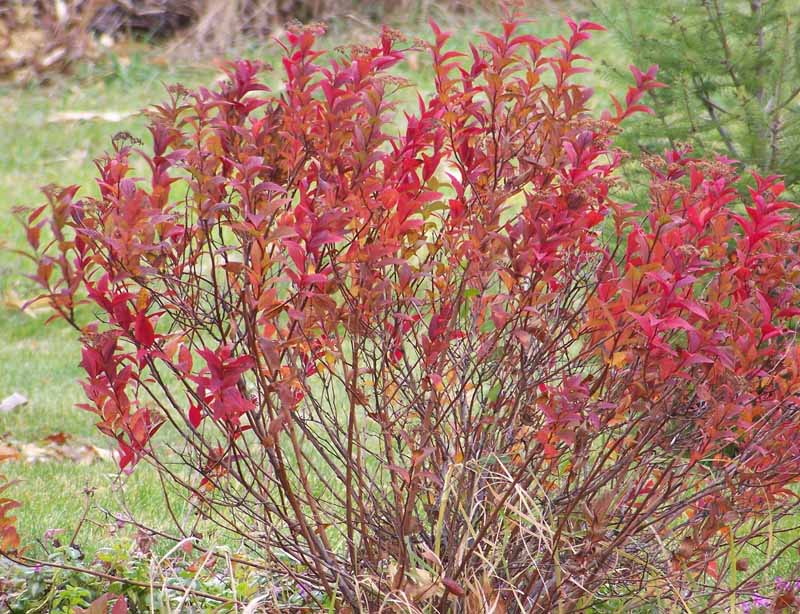
And the color doesn’t stop in the autumn, spirea displays beautiful red foliage in the fall.
Shrubs are mostly deer resistant and attract butterflies and other pollinators. Typically, plants are hardy in Zones 4-9 although some are more heat or cold tolerant.
Spirea Bush Propagation
The most reliable methods of propagation are by hardwood or softwood cuttings and ground layering.
Read our detailed guide to spirea propagation here.
How to Grow Spirea Shrubs
Spirea are wonderfully carefree and easy to grow.
They do best when planted in soil of average fertility with a neutral or slightly acidic pH.
Generally, they’re not heavy feeders and over-fertilizing should be avoided to prevent sprawl. A light application of a balanced, time release fertilizer (10-10-10) applied in the spring provides enough nutrition for the year.
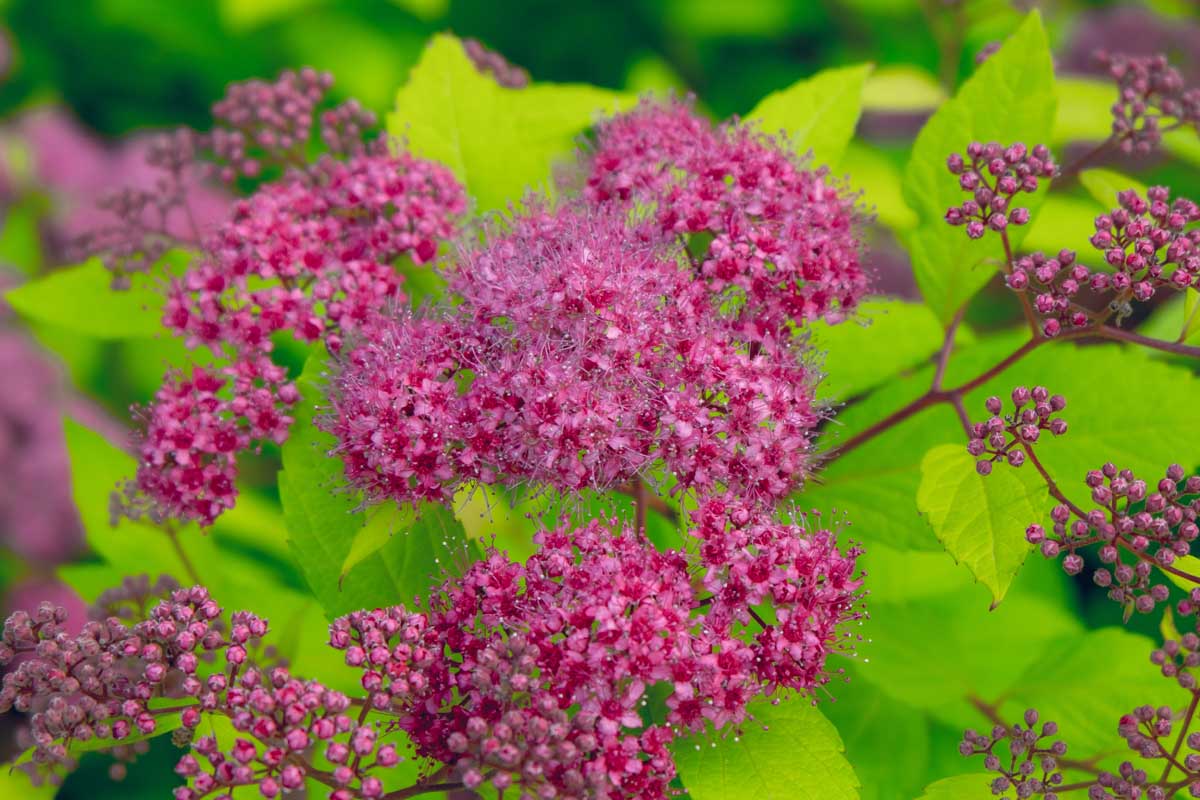
They also require excellent drainage, and heavy soil should be amended with fine grit or sharp sand as needed.
Plants require a full sun to light shade location, with spring flowering specimens better suited to partial shade than summer flowering ones.
To plant, dig a hole twice as wide and just as deep as the root ball. Sprinkle the planting hole with bone meal.
Gently loosen any twisted roots and place the root ball in the hole then backfill with the removed soil and firm in place. Water gently to settle and cover with a 2 to 3-inch layer of compost.
Spirea are drought tolerant but need to be watered regularly until established.
Growing Tips
- Spirea are tolerant of some shade, but full sun produces more flowers with more vibrant colors and brighter fall color.
- Ensure your shrubs are spaced properly with adequate room to grow to maturity.
- Avoid overfertilizing. A single feed of a balanced fertilizer in spring is enough for the entire growing season.
- Deadhead flowers after blooming to tidy up plants and encourage reblooming.
- Ensure your plant has excellent drainage as standing in wet feet can cause fatal damage.
Pruning and Maintenance
Spirea will benefit from yearly maintenance as well as the occasional hard pruning. And because they’re fast growers, a liberal pruning has negligible impact to flowering – if done at the right time.
Spring flowering varieties bloom on old growth from the previous year and need to be pruned right after flowering.
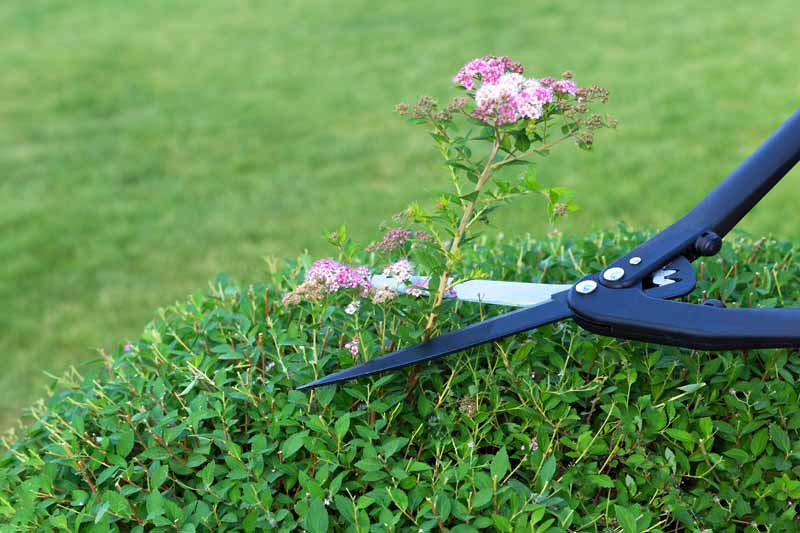
Spring canes can be cut right to the ground or trimmed back to any length to keep growth compact.
Summer flowering varieties bloom mostly on new wood from this year’s growth, so these are pruned in the winter following flowering.
Remove any dead wood and trim lightly to shape.
If summer bloomers become overgrown, a more vigorous pruning may be needed. Cut back by as much as two-thirds in winter when plants are dormant.

And both categories will also enjoy a light shear after flowering to remove spent blooms, encourage reblooming, and invigorate foliage.
Find more tips on pruning spirea shrubs here.
Frost resistant, established plants don’t require any special winter care. However, new shrubs planted in late summer or fall should be mulched to protect roots from the cold.
And any container plants should be moved to a sheltered location or wrapped with insulation to protect roots from freezing temperatures.
Spirea Cultivars to Select
There are many spirea cultivars to choose from, but here’s a few of our favorites.
Japanese (Spiraea japonica)
Japanese spirea is a garden favorite and it offers the largest variety in terms of cultivars, flower color, leaf color, and size. They feature large clusters of pink, purple, rosy red, or white flowers in late spring to mid-summer with fine textured foliage that adds excellent fall color.
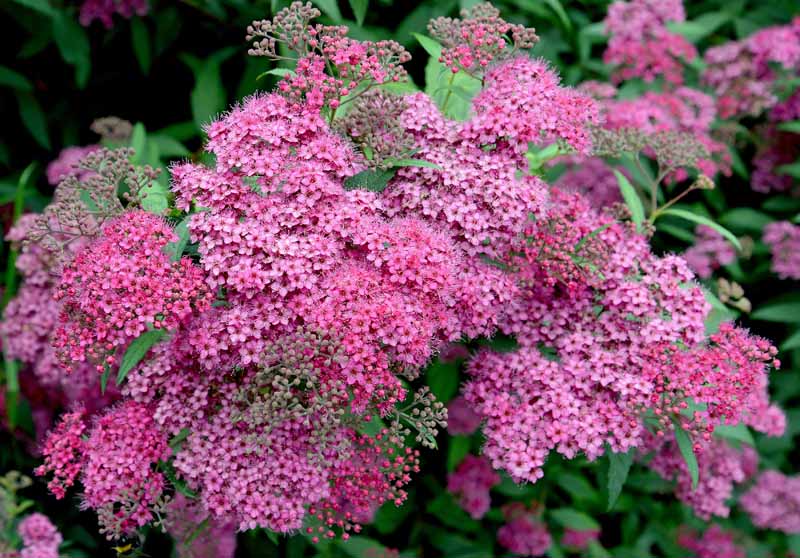
Sizes range from low-growing dwarf varieties of under 3 feet, small growers of 3 to 5 feet, and medium specimens of 5 to 8 feet. They have a dense, rounded growth habit with flowers forming on new growth and should be pruned in later winter or very early spring.
Hardy in Zones 3 to 8, they’re deer resistant and attract butterflies. Japanese spirea make a reliable foundation or specimen plant, and are attractive in beds, large containers, mixed-shrub landscapes, as a low border or hedge, and when planted in groups.
Although this is popular landscaping plant in many locations around the globe, it can become invasive in wetter locations such as the US midwest and east coast. Check with your local gardening or agriculture outreach, university extension, or other similar organizations before planting if this is a concern.
You can find a good selection of Japanese spirea at Nature Hills Nursery or find detailed planting and care instructions here.
Bridalwreath, (Spiraea prunifolia)
Bridalwreath spirea is an old-fashioned classic that’s quickly recognized by its cascades of tiny, double-petaled white flowers on upright, arching branches. Flowers appear in profuse clusters on bare branches before foliage appears in early spring.
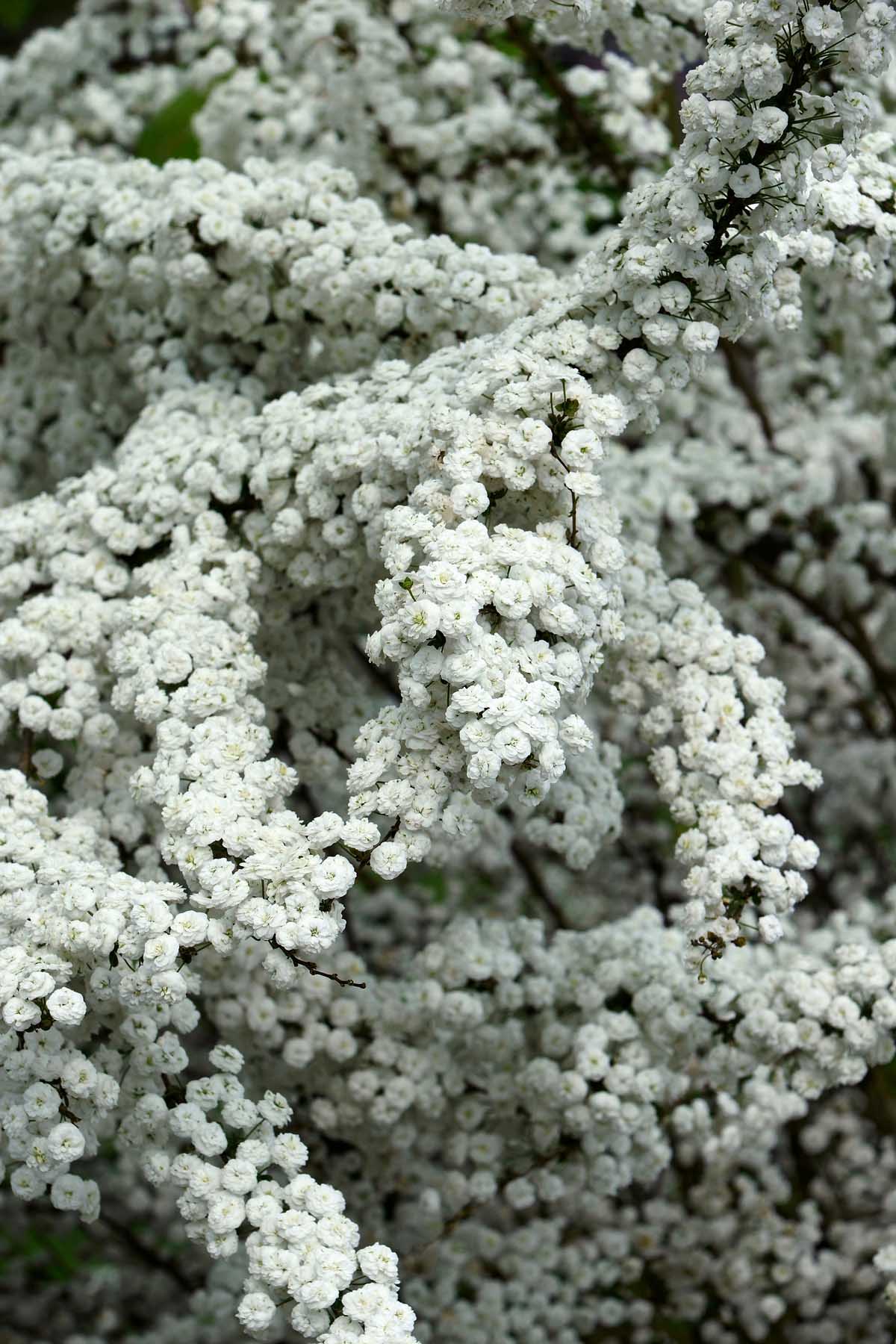
One of the largest species, bridalwreath grows 4 to 8 feet high with a 6 to 8 feet spread and a loose, fountain-like growth. In fall, the finely serrated foliage turns shades of orange, red, and yellow for extended interest. Hardy in Zones 3-8, they flower on old wood and should be pruned immediately after flowering.
Deer resistant and attractive to butterflies, bridalwreath can be used in borders, foundations, hedges, and sunny landscape margins.
You can find it at Nature Hills Nursery.
Or learn more about caring for bridalwreath here.
Birchleaf (Spiraea betulifolia)
Birchleaf spirea has clusters of small white flowers that cover the foliage in late spring to early summer. A compact, rounded shrub, it grows 3 to 4 feet tall and has a similar spread. Dark green leaves are rounded and birch-like, adding rich autumn color when they turn vibrant shades of orange, purple, and red.
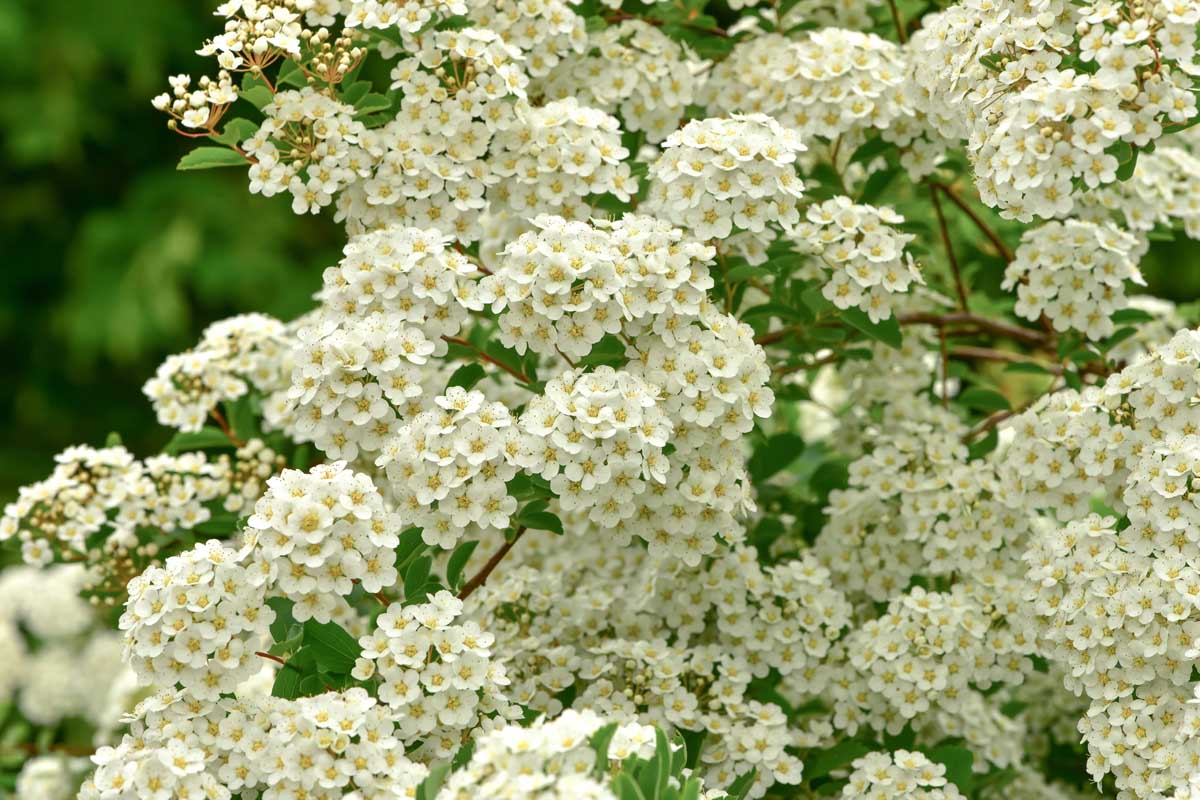
Birchleaf blooms in summer and should be pruned in late winter or early spring. Shear lightly after flowering to encourage reblooming. Hardy in Zones 4-8.
Deer resistant and attractive to butterflies, birchleaf spirea makes a striking foundation or specimen plant and is attractive planted in beds, groups, and rockeries.
You can find birchleaf spirea online at Nature Hills Nursery or find growing tips here.
Want More Options?
Be sure to check out our favorite selections in this guide: 9 of the Best Types of Spirea Shrubs for Your Garden.
Managing Pests and Disease
Spirea rarely suffer from any serious disease or pest problems.
However, being in the rose family, they are occasionally susceptible to some of the same afflictions such as aphids and spider mites as well as powdery mildew.
Both aphids and spider mites can be controlled with a strong jet of water to the top and undersides of leaves and stems. Or, an insecticidal soap or spray of neem oil is also effective against problem insects. Reapply both methods as needed.
You can also add beneficial insects to your garden, like lacewings or ladybugs, for a natural way to control pesky insects.
A fungus that attacks many plants, powdery mildew is easy to spot from its pale dusting of spores on leaves and flowers that causes stunted growth and leaf drop.
Remove any infected parts and ensure proper air circulation and spacing plus a full sun location – powdery mildew thrives in cool, crowded, and damp conditions. If persistent, a fungicide application may be needed.
Quick Reference Growing Chart
| Plant Type: | Woody shrub | Flower / Foliage Color: | Pink, purple, rosy red, white flowers with bright to dark green leaves that turn orange, purple, red in autumn |
| Native to: | Temperate regions of the Northern Hemisphere | Maintenance: | Deadhead spent flowers, annual pruning |
| Hardiness (USDA Zone): | 4-8, with some more heat and cold tolerant | Soil Type: | Moderate fertility |
| Bloom Time: | Spring blooming varieties flower May-June, summer blooming varieties July-September | Soil pH: | 6-7, neutral to slightly acidic |
| Exposure: | Full sun | Soil Drainage: | Well-draining |
| Spacing: | 2-15 feet, depending on variety | Companion Planting: | Desert agave, firecracker penstemon |
| Planting Depth: | As deep as the root ball and twice as wide | Uses: | Mixed beds, containers, edging, hedges, rockeries |
| Height: | 2-8 feet, depending on variety | Attracts: | Bees and butterflies |
| Spread: | Up to 8 feet; depending on variety | Family: | Rosaceae |
| Water Needs: | Average | Subfamily: | Amygdaloideae |
| Tolerance: | Drought once established, deer | Genus: | spiraea |
| Pests & Diseases: | Aphids, spider mites, powdery mildew | Species: | various |
Best Uses in the Garden
Spirea makes an excellent foundation or specimen plant in the landscape, in mixed perennial beds, in larger groupings for edging or hedges, or planted en masse for a screen.

Low-growing varieties make a nice addition to smaller gardens and are well-suited to borders, containers, groundcovers, low hedges along pathways and sidewalks, and rockeries.
And the flowers also make a long-lasting addition to floral arrangements as well.
For Every Garden
After learning about this versatile garden shrub, are you inclined to add some to your landscape?
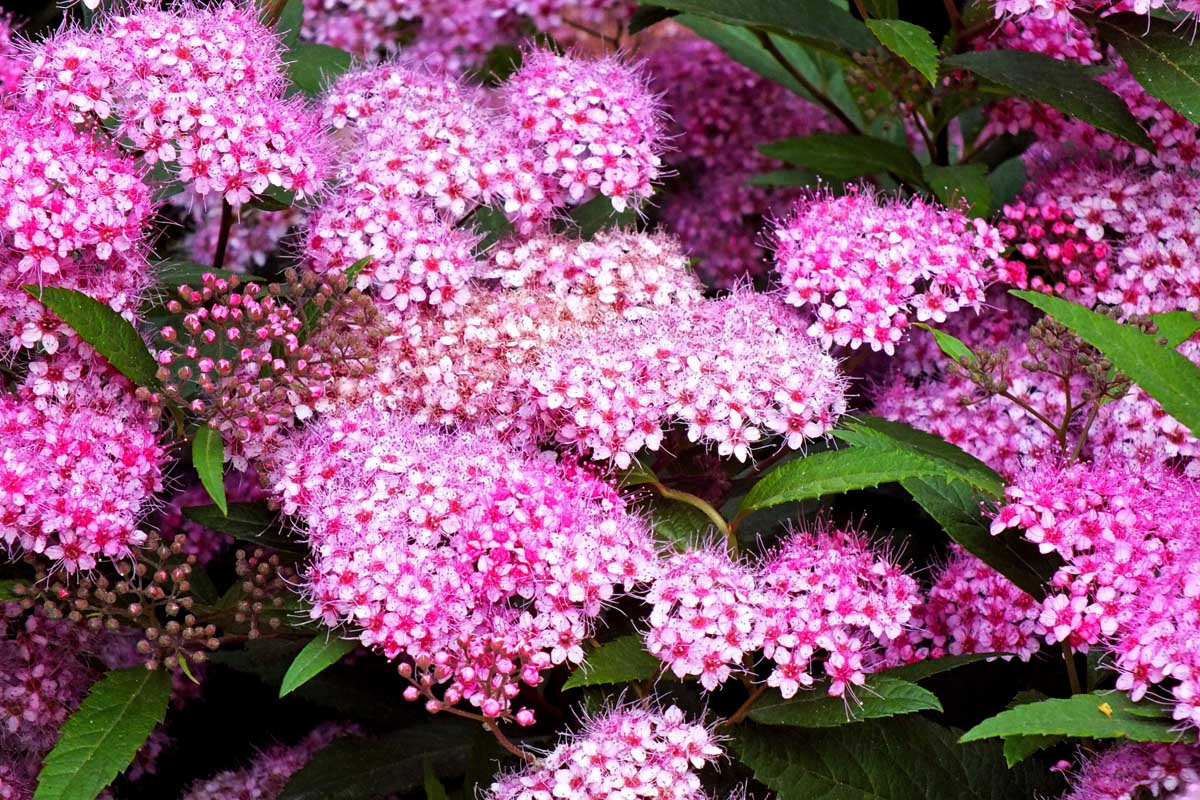
Large or small, spring or summer flowering, there’s a spirea suitable for every garden. Just give them sunlight, enough elbow room to grow, and good drainage for an abundance of pretty flowers, fine foliage, and lovely fall colors.
And if spirea is your thing, don’t miss out on our other care and growing guides such as:
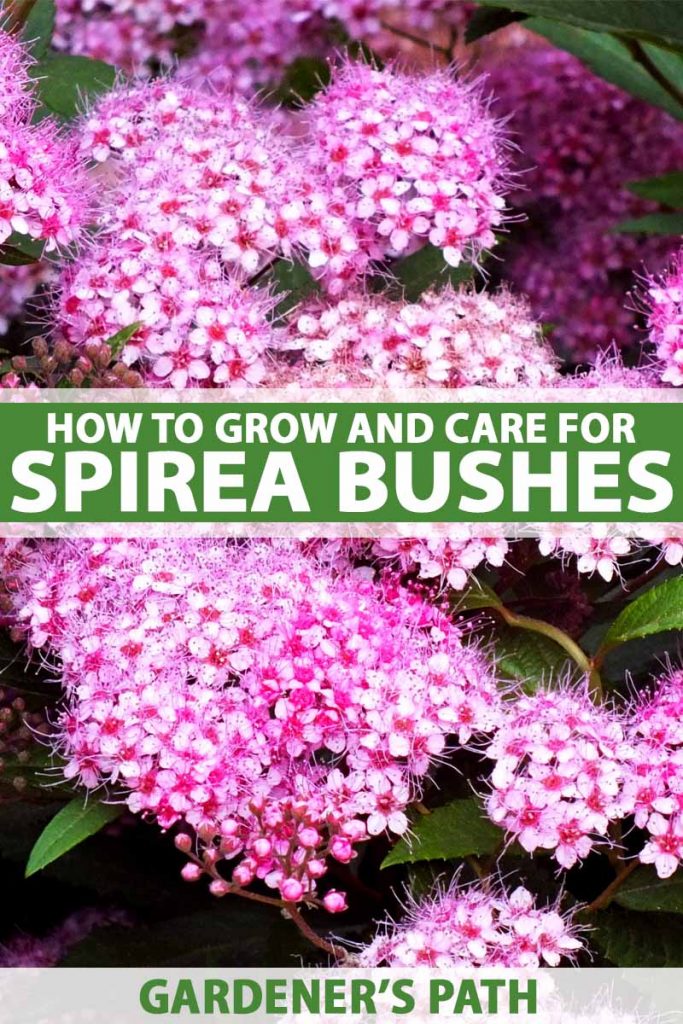
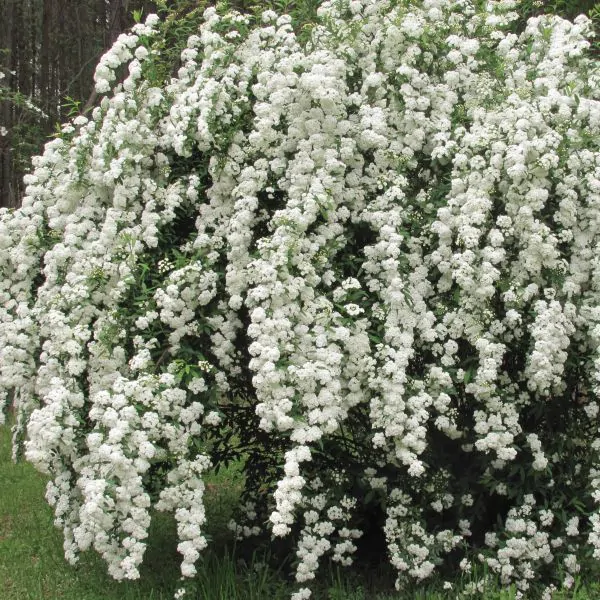
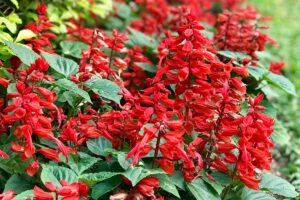
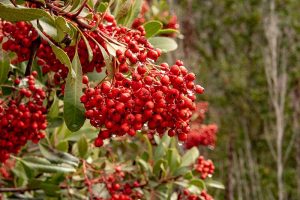
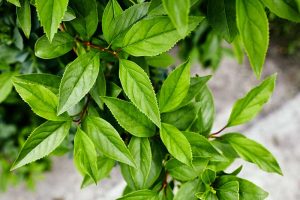
Very good data.
Try adding more details about where most people shop for Spirea plants. The big box stores like Lowes, Home Depot. Sometimes people like us move into a home and acquire the Spirea plants. We think our plants are Neon Spirea.
Awesome information… thank you!
I have two Spirea x bumalda that are being crowded by an Enkianthus and a Rhododendron. We are going to trim the Enkianthus, but I don’t want to do a major pruning of the Rhododendron, since there isn’t that much of it getting sun. Wondering if I should cut the Spirea down in the early spring and try to keep them compact or move them up to get them out from under the Rhododendron a little more. I have about 12 inches I can bring them forward. Which would be the best option?
Hi Marci, thanks for the photo, it’s a big help…
Trimming the Enkianthus and moving your bumaldas forward 12 inches towards the walkway would be my favorite option as it will give all three species more space, more sun, and improve air circulation.
An annual pruning in late winter/early spring will also improve the flowering performance of the bumaldas and help keep them approopriately sized as foreground plants to better showcase the rhodo.
Thanks for reading!
Thank you for the info. I enjoyed this very much. I have about 10 spirea bushes & needed a little guidance on care.
Thanks for reading Colleen!